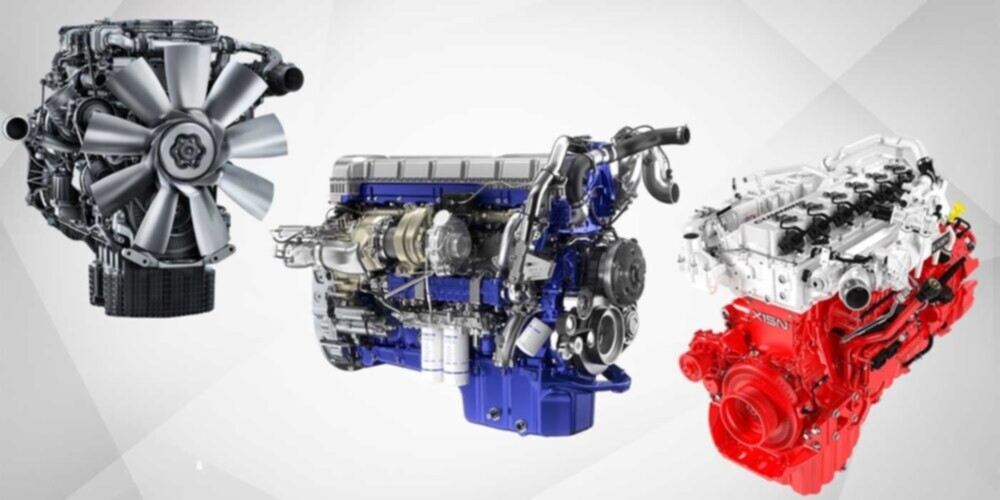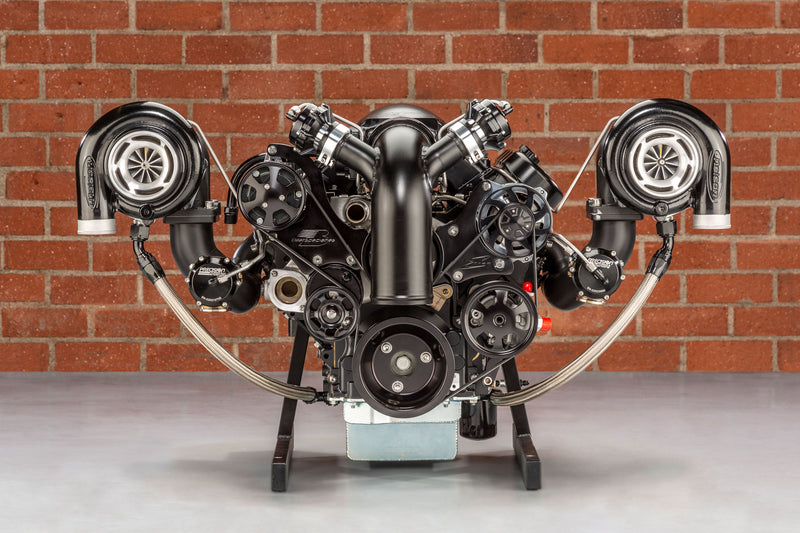Engines for Africa at Competitive Rates: Your Preferred Vehicle Components Shop
Engines for Africa at Competitive Rates: Your Preferred Vehicle Components Shop
Blog Article
The Pursuit for Ultimate Driving Power: Exploring the Pinnacle of Engine Performance and Technological Innovations in the Automotive Industry
In the world of automotive engineering, the search of maximum driving power has actually been a ruthless mission that has actually unravelled with the advancement of engine style and the assimilation of cutting-edge innovations. From the careful workmanship of burning engines to the rapid improvements in electric propulsion systems, the vehicle market stands at the cusp of a new period identified by extraordinary efficiency capacities.
Advancement of Engine Style

In addition, the combination of turbocharging and supercharging technologies has changed engine style by boosting power without dramatically increasing engine dimension. These forced induction systems press the intake air, permitting even more fuel to be ignited, thus creating better power output from a smaller engine. This development has actually been particularly vital in boosting the performance of smaller displacement engines while keeping gas efficiency requirements.

Performance-Enhancing Gas Technologies
The execution of advanced gas modern technologies has actually significantly contributed to enhancing engine performance in contemporary cars. From conventional gas and diesel to cutting-edge biofuels, artificial fuels, and hydrogen, the automobile market is seeing a transformation in fuel choices. Biofuels, originated from renewable sources like algae, corn, or sugarcane, deal improved and minimized discharges engine effectiveness. Synthetic fuels, generated with chemical processes, provide high octane rankings, enhancing power outcome. Hydrogen fuel cells, although still in the beginning of fostering, show fantastic promise as a result of their zero-emission nature and possibility for high efficiency. Additionally, gas ingredients and detergents are being formulated to clean engine components, enhance combustion, and lower friction, thereby improving total car efficiency. With continuous research and growth, the quest for the utmost driving power continues, as designers aim to unlock the complete potential of performance-enhancing gas modern technologies in the vehicle industry.
Developments in Electric Propulsion
Substantial strides in electrical propulsion technology have transformed the vehicle sector, paving the method for a new age of sustainable and effective transport. Electric lorries (EVs) are obtaining popularity due to their environmental advantages and improvements in battery innovation, making it possible for longer driving ranges and much shorter billing times. Producers are spending heavily in study and advancement to enhance the efficiency of electric propulsion systems, concentrating on enhancing power output, improving energy effectiveness, and decreasing total weight.
One remarkable innovation in electrical propulsion is the development of advanced electrical motors that provide greater torque and power thickness, resulting in boosted acceleration and overall driving performance. Additionally, regenerative stopping systems have actually been refined to store and catch power during slowdown, further boosting the effectiveness of EVs.
In addition, the integration of clever modern technologies, such as expert system and predictive analytics, is maximizing the management of electric propulsion systems, ensuring optimum efficiency under various driving problems. These advancements in electrical propulsion are improving the automotive landscape, driving the sector in the direction of a more lasting and electrified future.
Influence of Computational Liquid Dynamics
With advancements in electrical propulsion pushing the limits of automobile innovation, the assimilation of Computational Fluid Dynamics is playing a pivotal duty in maximizing aerodynamic performance and boosting general efficiency in car style. Computational Fluid Characteristics (CFD) involves using computer simulations to evaluate the circulation of air around a car, making it possible for engineers to predict just how design modifications will affect the rules of aerodynamics without the demand for costly physical models. By properly modeling airflow patterns, CFD enables for the improvement of vehicle shapes to lower drag, improve cooling, and improve security.
One trick advantage of using CFD in lorry design is the ability to iterate quickly, discovering various style variants to identify the most aerodynamically effective options. This repetitive process results look here in automobiles that are not only sleeker and much more visually attractive yet additionally more environmentally friendly and fuel-efficient. CFD makes it possible for engineers to enhance airflow around elements such as radiators, engine bays, and wheel wells, adding to enhanced efficiency and general driving experience. To conclude, the assimilation of Computational Liquid Characteristics represents a considerable action onward in the pursuit for utmost driving power and performance in the vehicle market.
Future Patterns in Engine Development
In the read this post here dynamic landscape of auto design, advanced improvements are shaping the future trajectory of engine innovation. The future of engine layout is noted by a strong focus on effectiveness, performance, and sustainability. Makers are increasingly concentrating on developing engines that not only provide high power results however also prioritize ecological obligation by enhancing and minimizing exhausts fuel performance.
One prominent trend in engine technology is the rise of electrification. Crossbreed and electrical powertrains are acquiring grip as feasible options to traditional combustion engines. These modern technologies provide the possibility for significant reductions in carbon emissions and boosted power efficiency, lining up with international efforts to fight climate modification.
Moreover, developments in products scientific research and production techniques are making it possible for the production of lighter and a lot more long lasting engine parts. This shift towards light-weight products such as carbon fiber and aluminum alloys adds to boosted performance and fuel economic situation.
Final Thought
Finally, the search of ultimate driving power in the automobile market proceeds to drive innovations in engine layout, fuel innovations, electrical propulsion, and computational liquid characteristics. The evolution of these technologies is shaping the future of engine innovation, leading the way for a lot more reliable and effective cars (engines for africa). As the industry remains to push the boundaries of what is feasible, we can anticipate to see a lot more cutting-edge growths in the quest for peak performance
One of the vital landmarks in engine layout development is the change from conventional carbureted engines to contemporary fuel-injected systems. By precisely metering the site fuel distribution to each cyndrical tube, fuel-injected engines enhance combustion, resulting in better performance and decreased environmental impact.
Furthermore, the assimilation of turbocharging and turbo charging technologies has actually transformed engine layout by increasing power without substantially enhancing engine dimension (engines for africa).The application of sophisticated fuel technologies has actually dramatically contributed to boosting engine performance in modern lorries. Furthermore, fuel ingredients and detergents are being developed to clean engine parts, enhance burning, and minimize rubbing, consequently increasing overall vehicle efficiency
Report this page